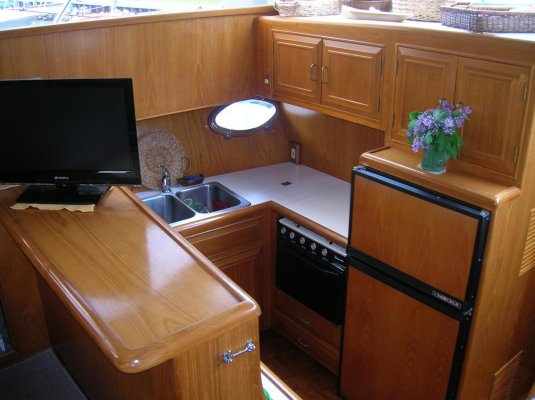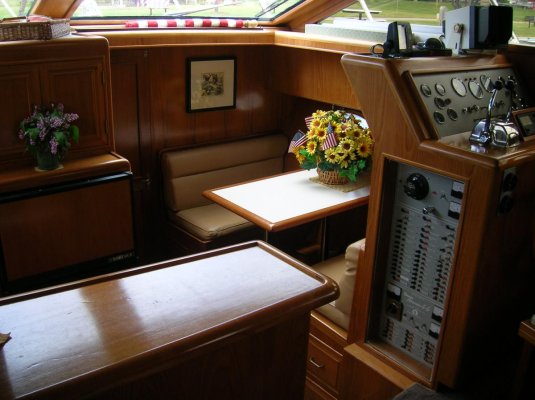Our boat still has an old Norcold fridge that is working fine...and I want to keep it that way. As is evident in the photo, it is a tight fit in the surrounding cabinet structure. There are vent louvers on the side of the cabinet/enclosure to allow heat from the coils to escape (into the cabin), but I want to add a fan to pull warm air from the bottom of the unit and then exit it down into the bilge. There is a void behind the fridge that used to house a small Cadet electric heater (now removed). I'm thinking the fan should run on an AC pick off from the fridge as we rarely anchor anymore. And if we do, it cools well enough as it is.
So, I'm looking for advice as to a fan choice, and if anyone has a Norcold circuit diagram, perhaps a recommendation for the hook up.

So, I'm looking for advice as to a fan choice, and if anyone has a Norcold circuit diagram, perhaps a recommendation for the hook up.


